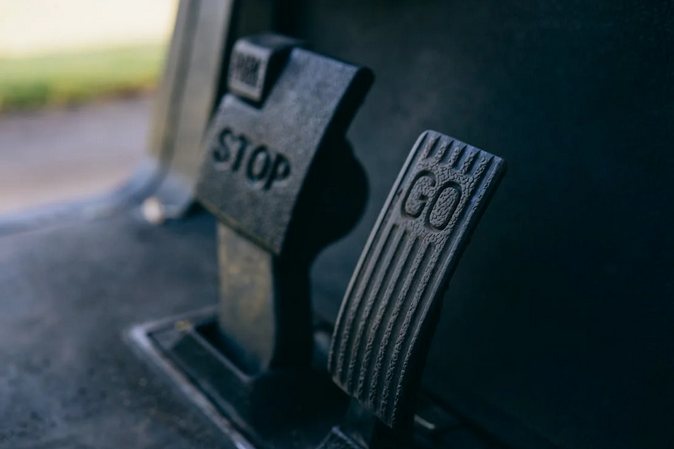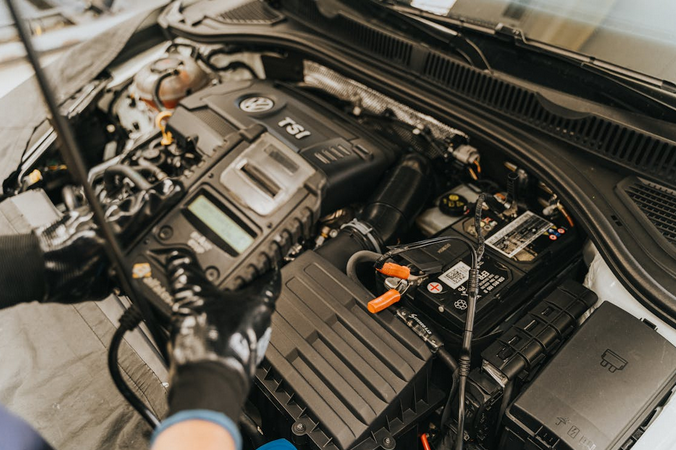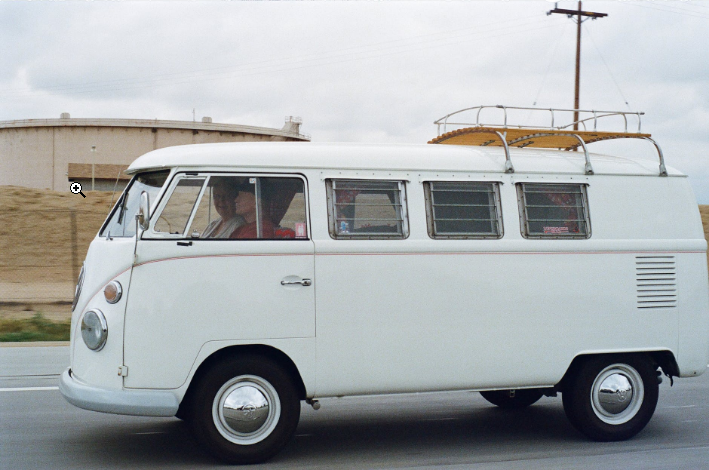Planning a long drive? Whether it’s a weekend getaway or a cross-country adventure, ensuring your car is in top shape is essential. Think of your vehicle as an eager companion, ready to take on the open road with you. If you are planning to see lisa steinert cmp for the editorial awards, it is important to ensure your car is in proper working condition to avoid any inconvenience on the road. That’s why prioritizing key maintenance practices will not only enhance your driving experience but also keep you safe along the way. Now, let’s dive into the essential checks every driver should make before hitting those miles.
Inspect Lights
Before you hit the road, make sure all your lights are functioning properly. This includes headlights, taillights, turn signals, and brake lights. Each plays a crucial role in ensuring visibility and communication with other drivers. Start by turning on your headlights. Check both low and high beams to confirm they shine brightly without flickering. Next, enlist a friend or use reflections to verify that your taillights illuminate when braking. Don’t overlook turn signals; these helps convey your intentions while merging or changing lanes.
Test Brakes

Brakes are your vehicle’s lifeline, especially on long drives. Before hitting the road, it’s crucial to ensure they’re in top shape. Start by inspecting brake pads for wear. If they look thin or worn down, it’s time for a replacement. Listen closely when you apply pressure to the pedal; any strange noises like squealing can indicate trouble. Take a moment to check the brake fluid level, too. Low fluid could mean leaks or other issues that might compromise safety.
Change the Air Filter
Changing the air filter is often overlooked, yet it plays a crucial role in your vehicle’s performance. A clean air filter ensures that your engine receives the right amount of air for combustion. When dirt and debris clog the filter, airflow becomes restricted. This can lead to reduced fuel efficiency and lower power levels during long drives. You might even notice rough idling or stalling. Checking your air filter should be part of any pre-road trip checklist. Most filters are easy to access, and replacing them regularly can save you from costly repairs down the line. Consider investing in a high-quality aftermarket option for better filtration.
Check Battery Health

Your car’s battery is the heart of its electrical system. A healthy battery ensures smooth starts and reliable performance, especially during long drives. Start by checking for any corrosion around the terminals. This can hinder connections and drain power. Cleaning these areas can boost your battery’s longevity. Next, consider testing the voltage with a multimeter. A fully charged battery should read about 12.6 volts or more when not in use. If it dips below this level, you may need to recharge or replace it soon.
Replace Windshield Wipers
Windshield wipers play a crucial role in maintaining visibility during your drive. Over time, the rubber blades can wear out, leading to streaks or even complete failure when you need them most. Replacing windshield wipers is an easy task that shouldn’t be overlooked. It’s recommended to change them every six months or whenever they show signs of damage. Look for cracks, tears, or stiffness in the rubber. Choosing the right size and type for your vehicle is essential. Most auto stores provide guides based on your make and model.
Taking care of your vehicle before embarking on a long drive is essential for both safety and comfort. By regularly inspecting lights, testing brakes, changing the air filter, checking battery health, and replacing windshield wipers, you can ensure that your car runs smoothly. These simple maintenance tasks can prevent potential issues and enhance your driving experience. Being proactive with these practices not only extends the lifespan of your vehicle but also gives you peace of mind while you’re on the road. A well-maintained car allows you to focus on enjoying the journey rather than worrying about unexpected breakdowns or hazards.…



